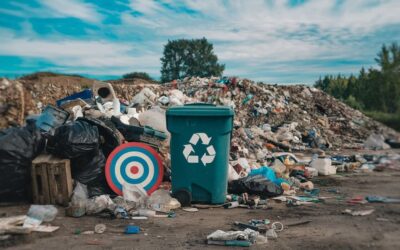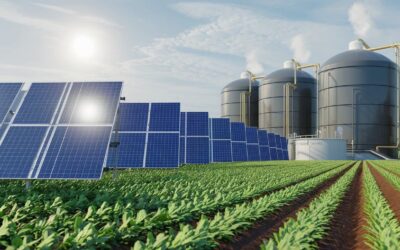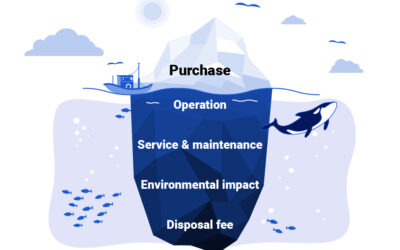Hydroswiss, a leading company in the construction of industrial recycling plants, is committed to promoting the culture of renewable energy as the key to a sustainable future. In this article, we offer a comprehensive overview of the main green energy sources, exploring their characteristics, benefits and applications.
All the methods for obtaining renewable energy
Gasifier, pyrolyzer and incinerator
- The gasifier converts biomass into fuel gas (syngas).
- The pyrolyzer breaks down biomass into biofuels, gas and charcoal.
- The incinerator or waste-to-energy plant recovers energy from urban and industrial waste.
Photovoltaic
Photovoltaics converts sunlight into electricity.
Solar Thermal and Thermodynamic
Solar thermal energy can be used to heat water or air for domestic and industrial uses. Thermodynamic solar energy concentrates sunlight to generate steam and produce electricity.
Wind power
Wind energy uses the power of the wind to generate electricity. It is a clean and versatile source, with a reduced environmental impact.
In addition to the usual places, the various wind turbines can also be installed at high altitudes in the open sea and on the motorway.
Geothermal
Geothermal energy uses the heat present beneath the Earth’s crust to generate electricity and heat buildings.
Hydroelectric
Hydroelectric power uses the power of moving water to generate electricity. It is a reliable and widely used source of energy.
Marine motion
Marine motion energy uses waves, tides and marine currents to generate electricity. It is an emerging technology with great potential.
Nuclear
Nuclear energy generates electricity from the fission of uranium atoms. Its energy efficiency is high, but raises doubts about safety and the disposal of radioactive waste.
Piezoelettrica
Piezoelectric technology converts mechanical vibrations into electrical energy. This principle can be used to derive energy from different sources, such as the footsteps of people or the movement of waves.
Osmotic
Osmotic energy uses the difference in salt concentration between fresh water and salt water to generate electricity. This process, still under development, has the potential to provide a clean, consistent source of energy.
Energy from algae
Algae, photosynthetic organisms present in abundance in oceans and freshwater, can be used for the production of biofuels and biogas. Their cultivation does not require arable land and has a reduced environmental impact. Furthermore, algae can absorb CO2 from the atmosphere, contributing to the fight against climate change.
Energy of the human body
The human body produces energy in the form of heat and movement. This energy can be collected and used to power small electronic devices, such as smartwatches or fitness trackers.
Other systems to be sustainable
Energy efficiency:
The adoption of energy efficiency measures reduces energy consumption and increases the use of renewable sources.
Storage systems:
Energy storage is essential for storing energy produced from renewable sources and using it when needed. Storage technologies include batteries, pumped hydroelectric systems and thermal storage.
Renewable Energy Communities:
CERs are associations of citizens, local authorities and small businesses that produce, consume and manage renewable energy at a local level.
Partners for the energy transition
Hydroswiss offers innovative solutions for the construction of industrial recycling plants that exploit renewable energy. With our support, companies can reduce their environmental impact and improve their competitiveness.
Conclusion
Renewable energy represents the key to a sustainable future. Knowing the different sources and their applications is the first step to orient yourself in the green panorama and make informed choices.
Hydroswiss: together towards a greener future!
Contact Hydroswiss for a free consultation on recycling plants and renewable energy.




